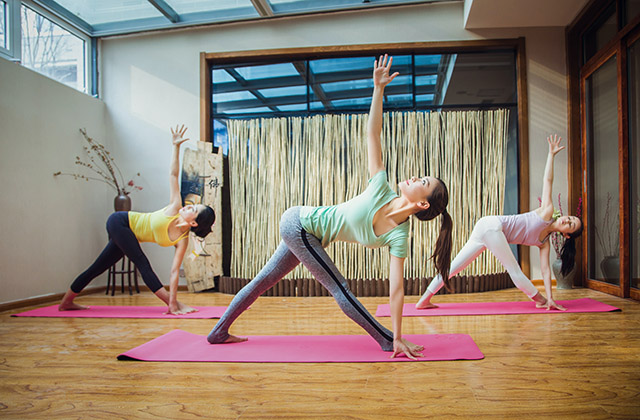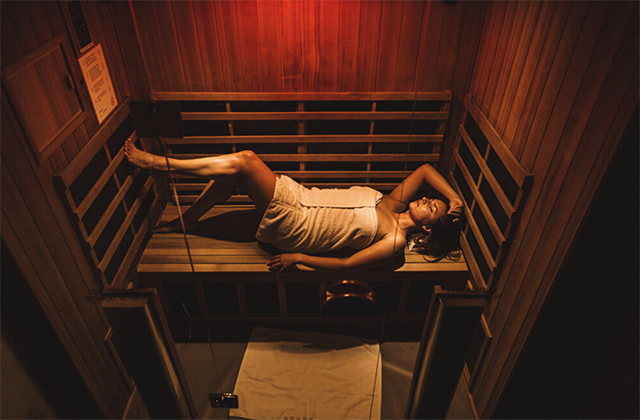Introduction:
Pilates is a form of exercise that focuses on strengthening the core and improving posture. It was developed by Joseph Pilates in the early 20th century and has since become a popular form of exercise worldwide. Whether you are a beginner or have been practicing Pilates for years, it is important to make sure you are avoiding common mistakes that can hold you back from getting the most out of your practice. In this article, we will go over the top 10 mistakes to stop making in Pilates class so you can improve your technique and reach your fitness goals. Taking a Pilates instructor course you must have an eagerness to learn more about Pilates so that you can create your own business someday.
Mistake #1: Improper Breathing
Breathing is a crucial aspect of Pilates and it is important to make sure you are breathing properly in order to get the most out of your practice. When you are not breathing properly, you are not engaging the right muscles and you may not be getting the full benefits of Pilates. To improve your breathing in Pilates, make sure you are inhaling through your nose and exhaling through your mouth. Also, make sure you are breathing deeply and evenly, filling your lungs completely and exhaling completely.
Mistake #2: Incorrect Posture
Posture is another important aspect of Pilates, and it is important to make sure you are maintaining proper posture throughout your practice. Poor posture can lead to injury and can also reduce the effectiveness of your Pilates exercises. To improve your posture in Pilates, make sure you are keeping your shoulders back, your chest lifted, and your abdominal muscles engaged.
Mistake #3: Neglecting to Engage Core Muscles
The core muscles are at the center of Pilates exercises, and it is important to make sure you are engaging these muscles throughout your practice. Neglecting to engage your core muscles can reduce the effectiveness of your Pilates exercises and can also lead to injury. To engage your core muscles in Pilates, make sure you are keeping your abdominal muscles contracted and your spine in a neutral position.
Mistake #4: Poor Alignment
Proper alignment is crucial in Pilates, and it is important to make sure you are aligning your body correctly in order to get the most out of your practice. Poor alignment can lead to injury and can also reduce the effectiveness of your Pilates exercises. To improve your alignment in Pilates, make sure you are keeping your body in a straight line and avoiding any twisting or bending.
Mistake #5: Moving Too Quickly
Pilates is not about moving quickly, but about moving with control and precision. Moving too quickly in Pilates can lead to injury and can also reduce the effectiveness of your Pilates exercises. To slow down in Pilates, make sure you are moving with control and precision, focusing on your breathing and maintaining proper alignment.
Mistake #6: Not Paying Attention to Form
Form is key in Pilates, and it is important to make sure you are paying attention to your form in order to get the most out of your practice. Not paying attention to your form can lead to injury and can also reduce the effectiveness of your Pilates exercises. To improve your form in Pilates, make sure you are focusing on your breathing, posture, and alignment, and that you are following the instructions of your instructor closely.
Mistake #7: Skipping Warm-Up and Cool-Down
Warm-up and cool-down are important components of any workout, and Pilates is no exception. Skipping warm-up and cool-down can lead to injury and can also reduce the effectiveness of your Pilates practice. To include warm-up and cool-down in Pilates, make
sure you are taking 5-10 minutes to warm up your muscles with light cardio or stretching exercises before your Pilates class. After your Pilates class, take another 5-10 minutes to cool down with gentle stretching exercises to help your muscles recover and prevent injury.
Mistake #8: Not Challenging Yourself Enough
While Pilates is not about moving quickly, it is important to make sure you are challenging yourself in order to get the most out of your practice. Not challenging yourself can lead to boredom and can also limit your progress in Pilates. To challenge yourself in Pilates, make sure you are attempting new exercises and increasing the difficulty level as you get stronger and more confident.
Mistake #9: Not Listening to Your Body
Pilates is a low-impact form of exercise, but it is important to make sure you are listening to your body and avoiding any exercises that cause pain or discomfort. Ignoring pain or discomfort can lead to injury and can also limit your progress in Pilates. To listen to your body in Pilates, make sure you are stopping any exercises that cause pain or discomfort and that you are talking to your instructor about any concerns or injuries you may have.
Mistake #10: Neglecting to Incorporate
Pilates into Your Daily Routine Incorporating Pilates into your daily routine is an important aspect of getting the most out of your Pilates practice. Neglecting to do so can limit your progress and make it difficult to maintain the benefits of Pilates. To incorporate Pilates into your daily routine, make sure you are setting aside time for Pilates every day and that you are making it a priority in your schedule.
Conclusion
By avoiding these common mistakes, you can improve your technique and get the most out of your Pilates practice. Pilates is a fantastic form of exercise that can help you strengthen your core, improve your posture, and achieve your fitness goals. So, make sure you are avoiding these mistakes and that you are making Pilates a regular part of your daily routine. Find out on how you can avoid these mistakes in Pilates.



